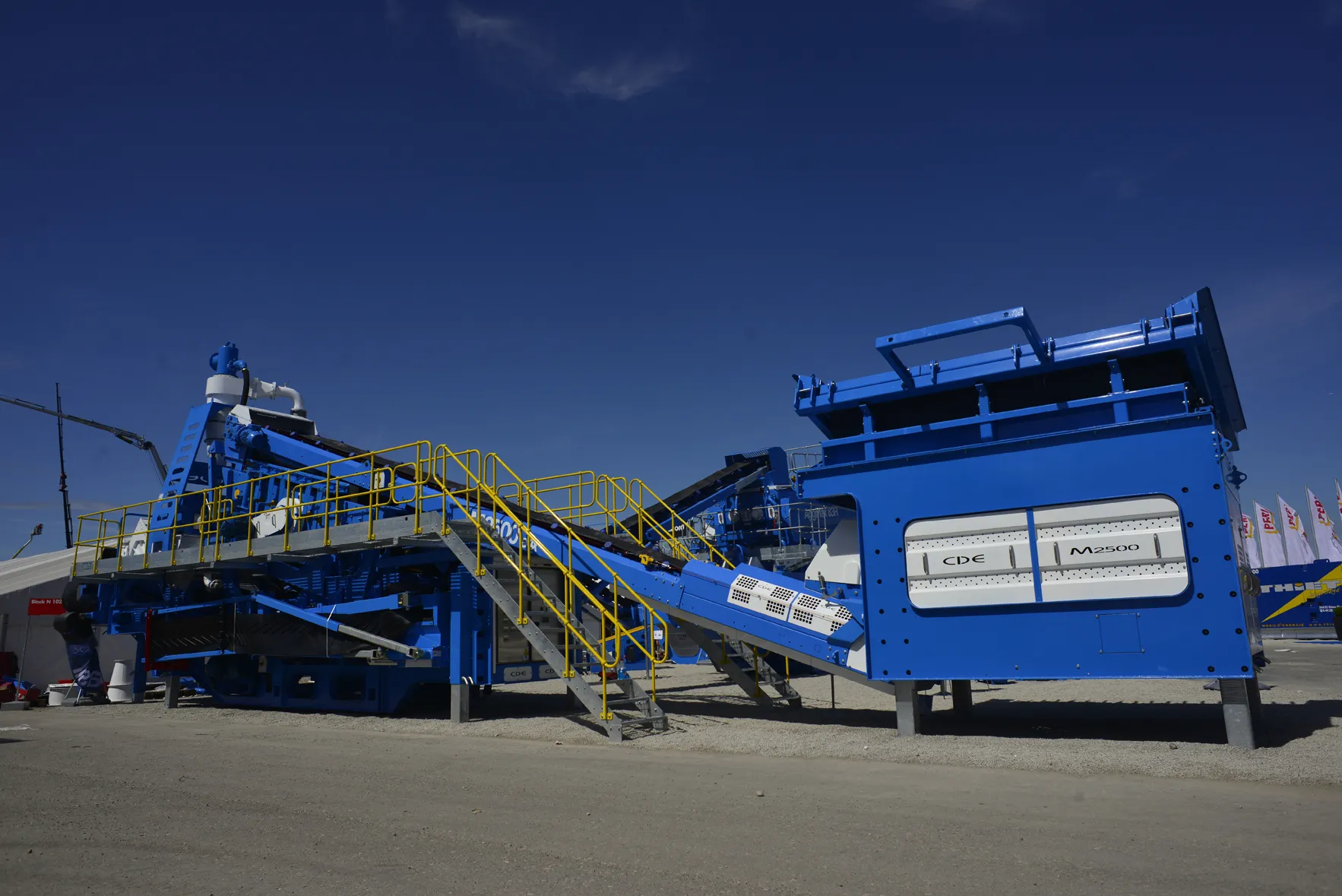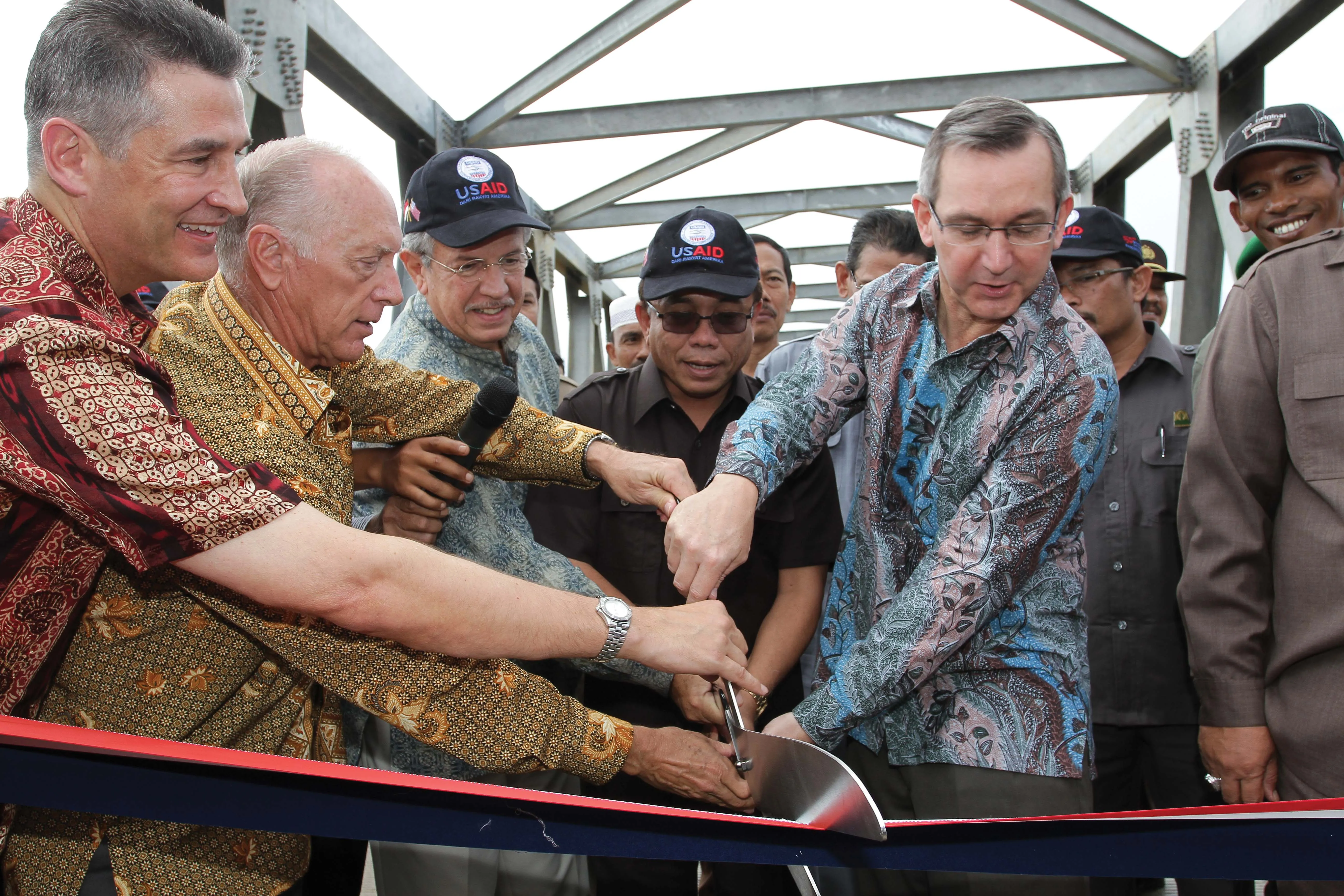Sitting alongside the M2500 mobile washing plant on CDE’s stand will be the latest AggMax 83 portable logwasher, which will include a RotoMax RX80 logwasher; triple- deck Prograde sizing screen and horizontal dewatering integrated on a single chassis. The AggMax has found many applications ranging from the washing of limestone conglomerate material in Scotland and Austria, to construction and demolition waste recycling in England, iron ore processing in India and sand and gravel washing in Germany.
January 6, 2017
Read time: 2 mins

Sitting alongside the M2500 mobile washing plant on 3168 CDE Global’s stand will be the latest AggMax 83 portable logwasher, which will include a RotoMax RX80 logwasher; triple- deck Prograde sizing screen and horizontal dewatering integrated on a single chassis.
The AggMax has found many applications ranging from the washing of limestone conglomerate material in Scotland and Austria, to construction and demolition waste recycling in England, iron ore processing in India and sand and gravel washing in Germany.
“The AggMax has enjoyed significant global success in recent years as the requirement to process more difficult materials has become more frequent,” explains senior R&D Engineer and lead designer on the AggMax, Glenn Sloan.
“The enhancements we are presenting at bauma will focus on further increasing performance and durability while making access and maintenance as easy as possible.”
These developments include the introduction of a mechanism allowing adjustment of the inclination of the RotoMax logwasher to allow for variations in feed material. This will allow for material retention time within the logwasher to be increased or decreased depending on how much attrition the material requires to be efficiently cleaned. In addition, a new walkway configuration will be presented which not only improves access for maintenance, but is also more compact for transport and quicker to assemble on site.
The AggMax has found many applications ranging from the washing of limestone conglomerate material in Scotland and Austria, to construction and demolition waste recycling in England, iron ore processing in India and sand and gravel washing in Germany.
“The AggMax has enjoyed significant global success in recent years as the requirement to process more difficult materials has become more frequent,” explains senior R&D Engineer and lead designer on the AggMax, Glenn Sloan.
“The enhancements we are presenting at bauma will focus on further increasing performance and durability while making access and maintenance as easy as possible.”
These developments include the introduction of a mechanism allowing adjustment of the inclination of the RotoMax logwasher to allow for variations in feed material. This will allow for material retention time within the logwasher to be increased or decreased depending on how much attrition the material requires to be efficiently cleaned. In addition, a new walkway configuration will be presented which not only improves access for maintenance, but is also more compact for transport and quicker to assemble on site.
Stand: FGN.N1022
%$Linker:







